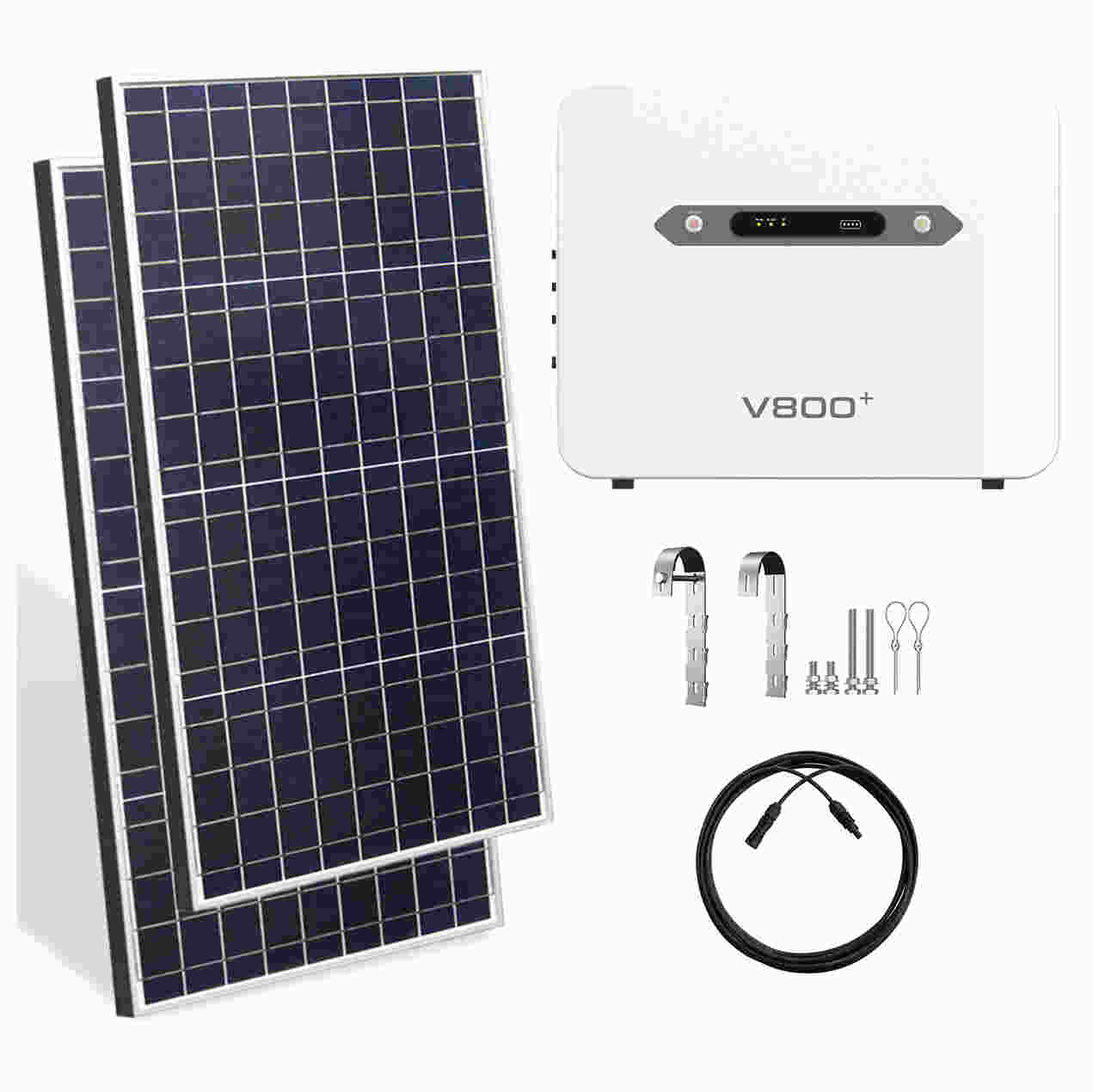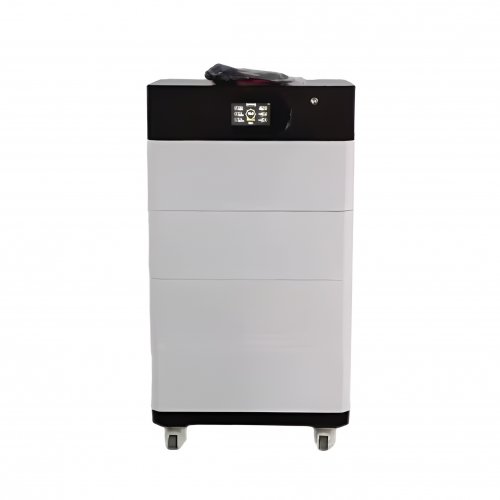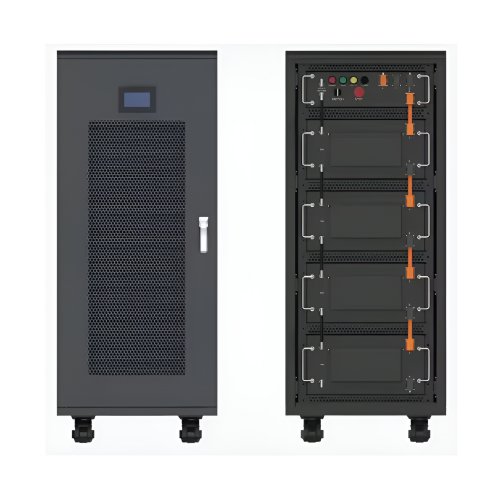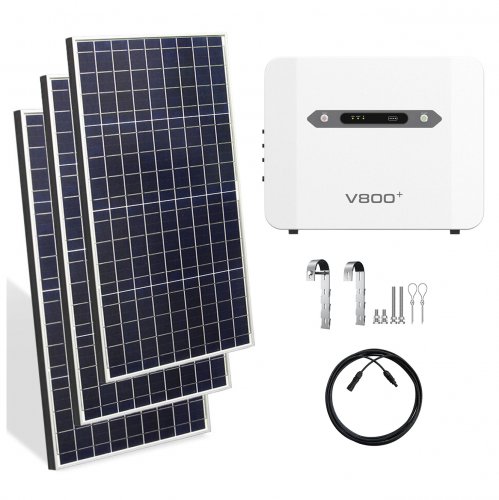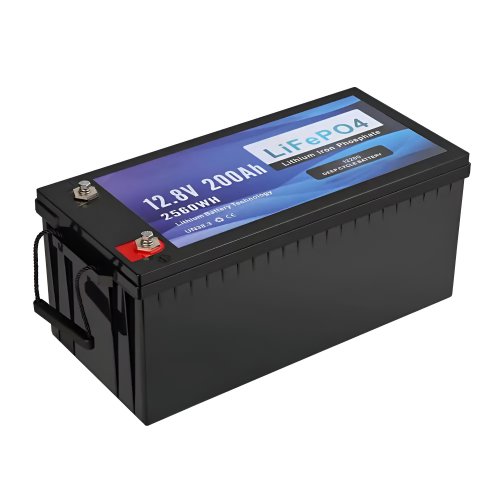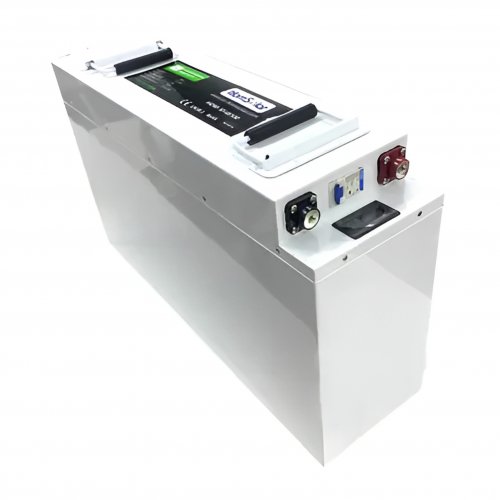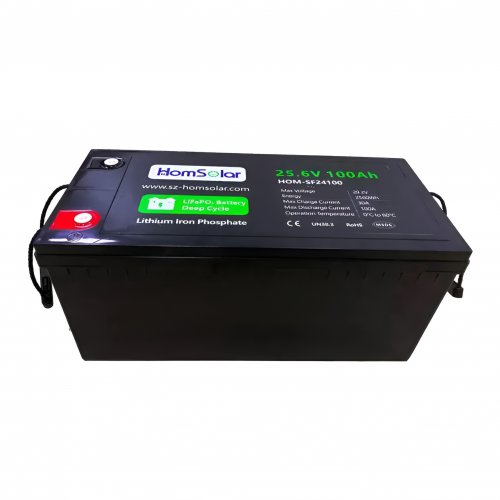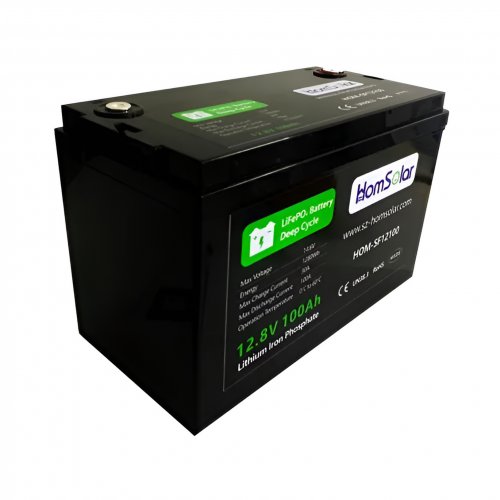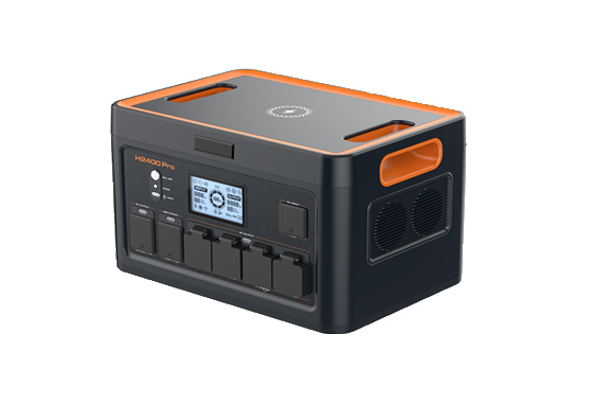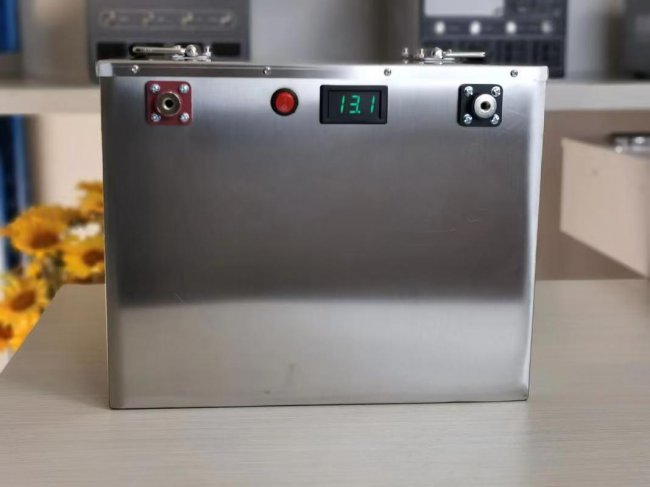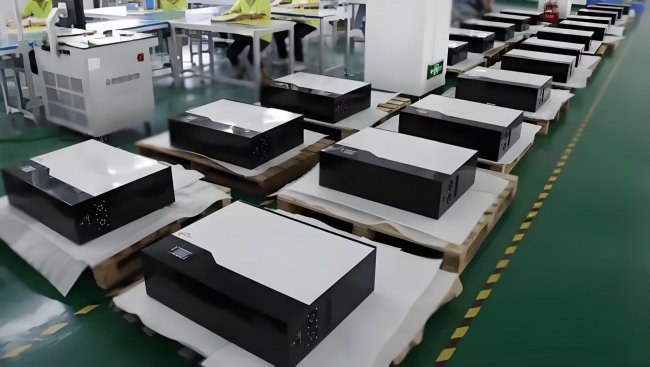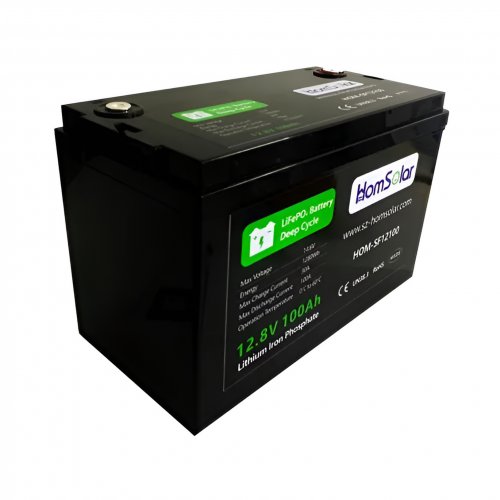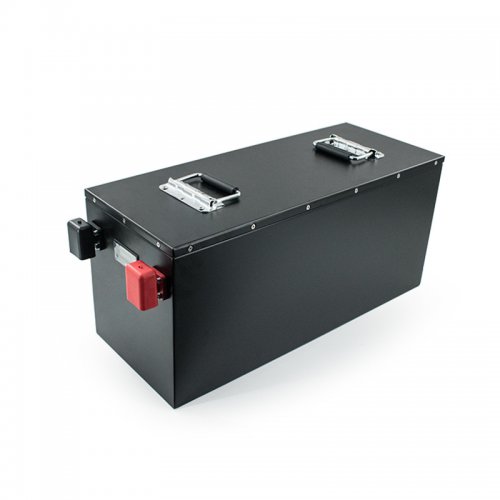Reducing TOPCon solar cell degradation via copper plating
Scientists from Australia's University of New South Wales (UNSW) have sought to reduce contaminant-induced degradation in solar cells based on tunnel oxide passivated contact (TOPCon) technology by using copper (Cu) plating on screen-printed devices.
According to the research group, their work not only enhances the reliability and durability of TOPCon cells under damp heat (DH) and field-like conditions but also highlights the potential for reducing silver consumption and lowering the levelized cost of electricity (LCOE).
“Our work specifically addresses a key challenge: the sensitivity of TOPCon cells to corrosion, particularly on the front metallization,” the research's lead author, Bram Hoex, told pv magazine. “To mitigate this issue, we introduced a 1 µm Cu plating layer on the front silver grid, creating a protective barrier that significantly reduces corrosion susceptibility. By conducting our experiments at the cell level, rather than the module level, we were able to accelerate the testing process by up to two orders of magnitude. This allowed us to obtain faster results and perform detailed failure analysis, which greatly improved the efficiency of our research and development cycle.”
The researchers explained that plated-Cu contacts capped with silver (Ag) or tin (Sn) are used to prevent contaminants from infiltrating the contacts themselves and causing oxidation, as well as to improve the soldering process in TOPCon cells.
In their experiments, they used bifacial nine-busbar (9BB) 158 mm TOPCon solar cells based on carrier-selective passivating contacts (CSPCs) made of polysilicon and silicon monoxide (poly-SiOx) and a screen-printed silver grid on the rear side, as well as on a boron-doped emitter passivated with aluminum oxide (AlOx) and silicon nitride (SiNx) and another screen-printed silver grid on the front side.
The plating process, which can result in sodium chloride (NaCl)-induced degradation in TOPCon devices, especially on the front side, was done on screen-printed solar cells using a Conifer plating tool. “During the plating process, the rear side completely contacted the cathode electrode, and the front side was immersed in the plating solution (CuSO4),” the academics said. “A bias-assisted light-induced plating (LIP) was applied with an around 150 mA constant current and illumination during the process.”
The tests showed that the plated cells demonstrated an initial efficiency improvement of around 0.39% rel, attributed to reduced grid resistance and increased fill factor.
“After 6 hours of DH testing, unprotected cells showed over 80%rel efficiency degradation, while Cu-plated cells retained performance with only approximately 11.5%rel efficiency loss,” Hoex explained. “Transfer length method (TLM) measurements revealed a 10-fold increase in contact resistivity for bare cells within just 0.5 hours of testing, whereas Cu-plated cells maintained much lower resistivity levels over extended testing periods.”
Furthermore, scanning electron microscopy (SEM) and energy-dispersive X-ray spectroscopy (EDS) analysis confirmed that Cu plating filled voids in the silver contact, creating a denser, more robust interface that prevents contaminant penetration and reduced parasitic recombination.
“Considering the results of this accelerated test, we conclude the plated-Cu layer can effectively alleviate NaCl-induced degradation under DH conditions and highly improve the device stability,” the scientists concluded. “The contact resistivity of NaCl-exposed bare cells was already 1 to 2 orders of magnitude higher than that of plated cells after just 2 h of DH testing, explaining most of the loss in fill factor.”
Their findings are available in the study “,” published in Solar Energy Materials and Solar Cells.
The research work builds on some of the team's previous work, including one showing the degradation of industrial TOPCon solar cells subjected to accelerated testing conditions of 85 C and 85% relative humidity under the so-called damp heat test (DH85) and another one presenting how a laser-assisted firing process can increase contact quality and corrosion resistance in TOPCon devices, while also reducing production costs.
Customized/OEM/ODM Service
HomSolar Supports Lifepo4 battery pack customization/OEM/ODM service, welcome to contact us and tell us your needs.


HomSolar: Your One-stop LiFePO4 Battery Pack & ESS Solution Manufacturer
Our line of LiFePO4 (LFP) batteries offer a solution to demanding applications that require a lighter weight, longer life, and higher capacity battery. Features include advanced battery management systems (BMS), Bluetooth® communication and active intelligent monitoring.

Customised Lithium Iron Phosphate Battery Casing
ABS plastic housing, aluminium housing, stainless steel housing and iron housing are available, and can also be designed and customised according to your needs.

HomSolar Smart BMS
Intelligent Battery Management System for HomSolar Energy Storage System. Bluetooth, temperature sensor, LCD display, CAN interface, UART interface also available.


Terminals & Plugs Can Be Customized
A wide range of terminals and plugs can be customised to suit the application needs of your battery products.

Well-designed Solutions for Energy Storage Systems
We will design the perfect energy storage system solution according to your needs, so that you can easily solve the specific industry applications of battery products.



About Our Battery Cells
Our energy storage system products use brand new grade A LiFePO4 cells with a battery lifespan of more than 4,000 charge/discharge cycles.



Applications in Different Industries
We supply customized & OEM battery pack, assemble cells with wiring, fuse and plastic cover, all the cell wires connected to PCB plug or built BMS.
Applications: E-bike, Electric Scooter, Golf Carts, RV, Electric Wheelchair, Electric Tools, Robot Cleaner, Robot Sweeper, Solar Energy Storage System, Emergency Light, Solar Power Light, Medical Equipment, UPS Backup Power Supply.
We can provide you with customized services. We have the ability to provide a vertical supply chain, from single cells to pack/module and to a complete power solution with BMS, etc.


HomSolar (Shenzhen) Technology Co., Ltd







